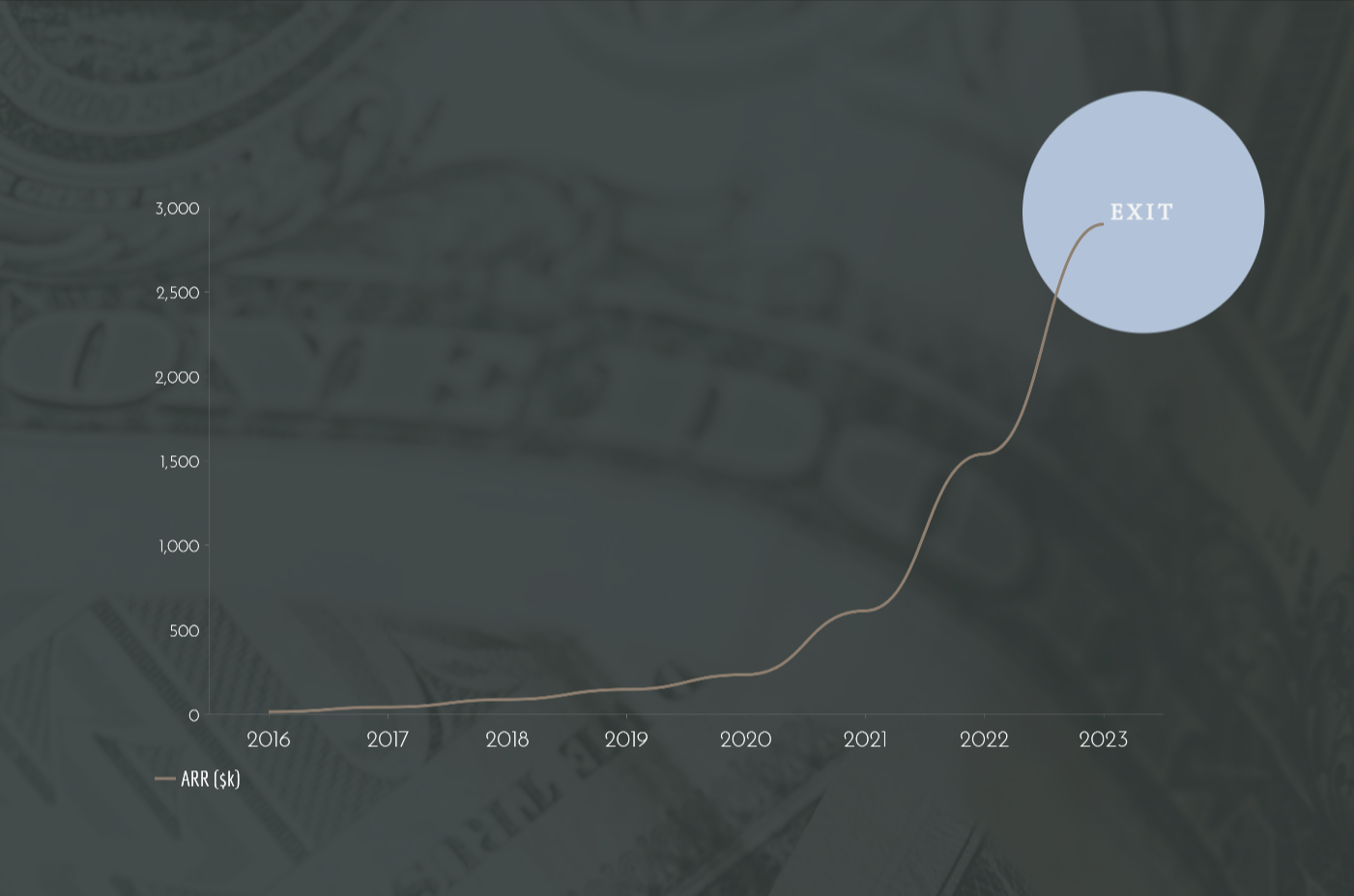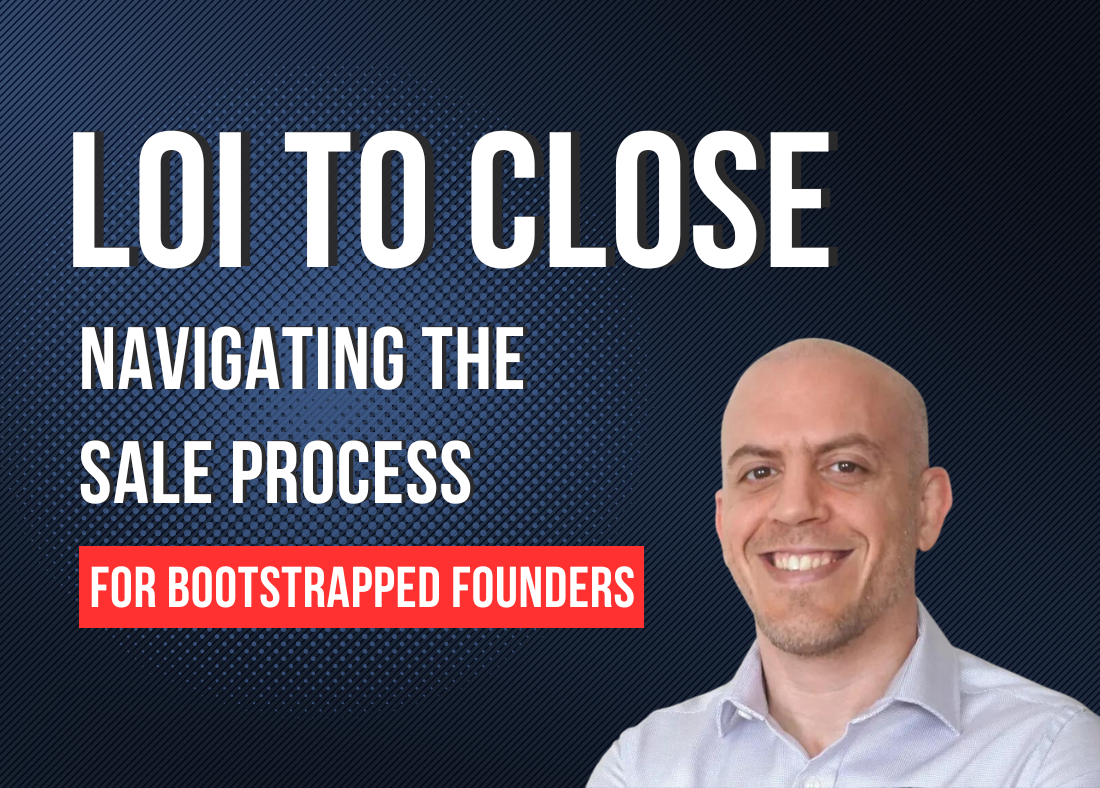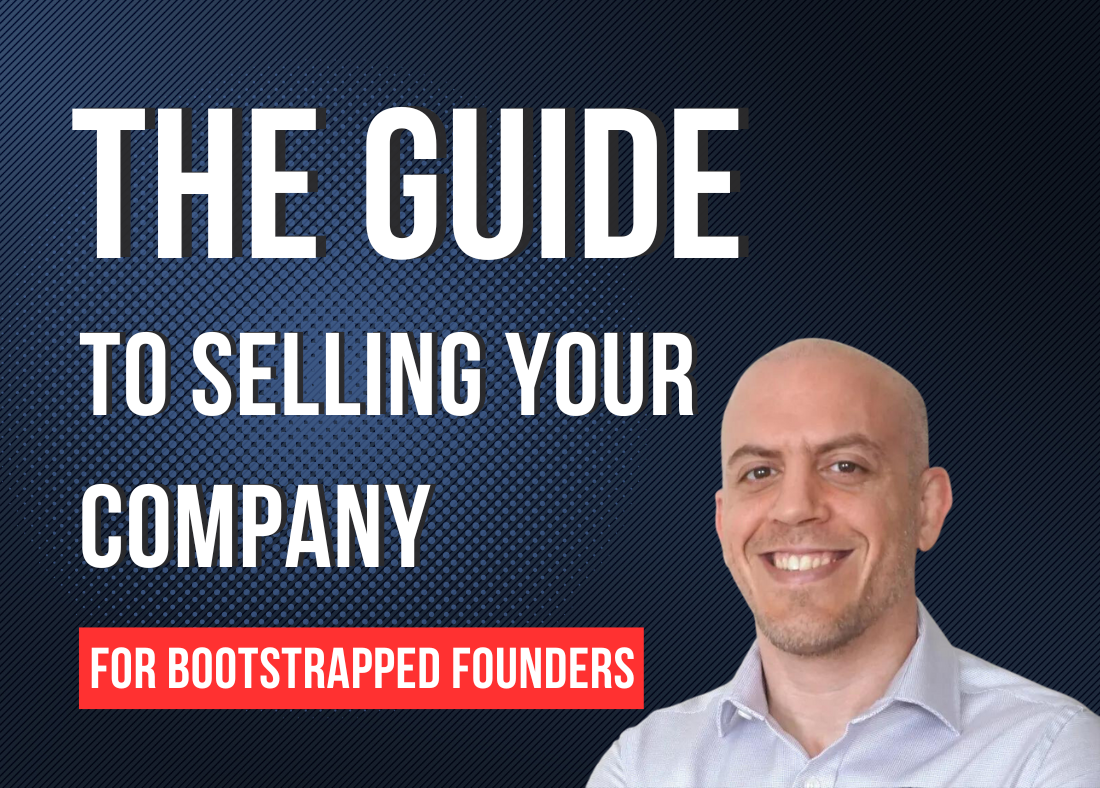In my previous post I wrote about the process I went through growing Gymdesk from a one-person operation to a company with over 10 FTE at that point in time.
One of the least expected outcomes of this process was that hiring more people did not reduce the amount of work I needed to do on a day-to-day basis. Initially, it did seem to help, as the first few hires took over certain responsibilities, allowing me to focus on other aspects of the company.
But as the number of employees continued to grow, I would start every day with dozens of Slack messages and Emails from 10 different people all requiring my input. This seeming paradox of having more employees but at the same time having more work to do is something I still struggle with on a regular basis.
Just hire someone else to do it
In a small startup, founders need to be jack-of-all-trades operators. This is doubly true for solo founders – you have to be able to do everything yourself until you can afford to hire help.
And this was the case for me with Gymdesk as well – for the first 5 years of the company’s existence, I was doing everything. From product, to development, to customer service, to operations.
As a result, I developed cross-functional knowledge and processes to make complicated decisions quickly and independently, out of necessity. This is likely a very common story for solopreneurs.
This became an unexpected issue later, as I started to hire people to replace some of the lower level tasks that were taking up more and more of my time as the company kept growing.
I underestimated some of those tasks. Tasks that would take 15-20 minutes of my day as a side activity, required hours for a dedicated person to complete. What I failed to take into consideration was that I can transfer knowledge, but not the intuition and cross functional experience with all aspects of the business that came with years of performing all roles in the company.
An common example would be how to handle a customer inquiry regarding a feature that seemingly is currently missing with our product. Our product being a somewhat complex B2B software product, there are many different settings and flows, that even our experienced customer service reps are not always certain how to verify if we have certain functionality or not, when presented with new edge cases.
The customer service rep would need to –
- First, understand what the customer is actually trying to do (can be surprisingly difficult without experience and intuition)
- Second, determine if such functionality exists or not
- Then determine if are alternative flows to achieve the same result
- Failing all the above, get clarification on whether we have intention on adding said functionality
This process would take me a couple of minutes to go through and respond, but for customer service reps that are not developers / product managers / have insight into the dev queue / or current business objectives – this process can take close to an hour, and require my participation at each one of those decision points.
Similar processes happen with marketing, product, development, operations – almost every aspect of running the company.
I became the bottleneck
My goal was to free up my time so I can focus on growing the company, by hiring the specialized roles that were becoming a time-suck for me as the company kept growing. In practice, I underestimated what it would take to close loops on many of those tasks.
While I was hiring to fill needs in the company, I wasn’t scaling as efficiently as I hoped. Every day 10+ different people would reach out to me throughout the day with blockers that required my input, in addition to my ongoing work managing the product and development pipeline, running operations, and doing business development.
I was hiring for immediate needs instead of stepping back and thinking long term. And this was fine at the time, as we needed help on those fronts. But as the company and customer base grew, it became clear that this approach does not scale.
And so I decided to fire myself from most roles in the company.
A change in direction was needed – instead of hiring people to perform specific functions at the company, I started hiring people to be responsible for entire aspects of the company. I tried hiring people I don’t need to manage on a day-to-day basis, just provide feedback to and direction as needed.
- I hired a Head of Growth to lead our marketing efforts
- I hired a CTO to take over product development (very BIG decision for me as a technical founder). We ended up hiring 2 CTO level people (!) – one as the actual CTO and one as a senior developer.
- I hired an operations manager to deal with day-to-day operational needs and HR
I’ve made some mistakes along the way, which took some time to recognize and correct. But through trial and error and tough decision making, we have been making some significant inroads here.
Building structure and a knowledge-base
In addition to hiring people who can be responsible for parts of the business, I started also documenting all of the knowledge I accumulated for each function of the business. For now I’m building this in Google Drive, with a separate folder for each department, each containing an internal employee handbook and a growing list of resources. For example:
- Creating an internal customer service knowledge-base / SOPs, containing verification and debugging flows that are repeatable and can be used immediately by new reps. Reps input a new entry every time they encounter a ticket and we collaboratively document the steps to resolve it.
- Doing a weekly lecture with the dev team, going over different parts of the system, explaining the history of how a certain aspect of the product evolved organically and the code that evolved with it. Those lectures are recorded as videos and uploaded to the Drive folder.
- Creating a brand guide to provide a unified vision / direction for the marketers and outside agencies
As a multiple time founder and someone who is very good at multitasking and context switching, I never felt I had the luxury to sit down and just write what I’m doing in a structured way. Now I understand the benefits, and the necessity of it.
Working hard to fire myself
This is still a work in progress, and I still feel too embedded in many of the processes at the company in a way that doesn’t scale. However, we are trending in the right direction.
I keep having this dilemma whenever I see a task performed in a less than optimal way. Do I step in and make it better, or let the employee make a mistake and hopefully learn from it? Or do I let go, and allow mistakes and problems to crop up and believe in the team to resolve it?
My main take away through a few hiring mishaps in the last 6 months, is that you have to recognize early if someone is accountable or not. You need people, who when confronted with a mistake they made, just say “Yep, my bad – it won’t happen next time”. They have to own it, instead of listing off various reasons why they made the mistake, even if those reasons are perfectly valid. “It’s not my fault, it was because x and y and z” – if someone keeps going this route, you have to seriously consider if they’re going to work out or not.
My current part of the journey is finding people who can be accountable for every aspect of running the company, so I won’t have to be that person. I’m making really good progress, but only about half way there, and will probably make more mistakes along the way. Here’s hoping that by the next article I’ll have this figured out.




